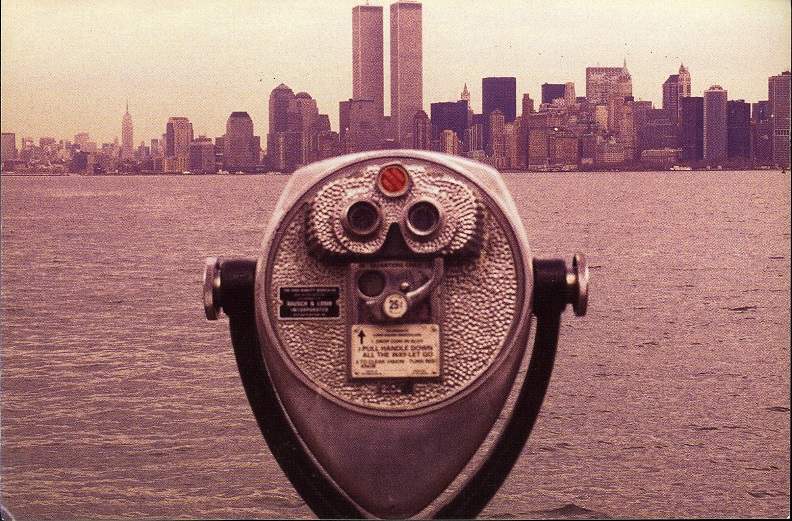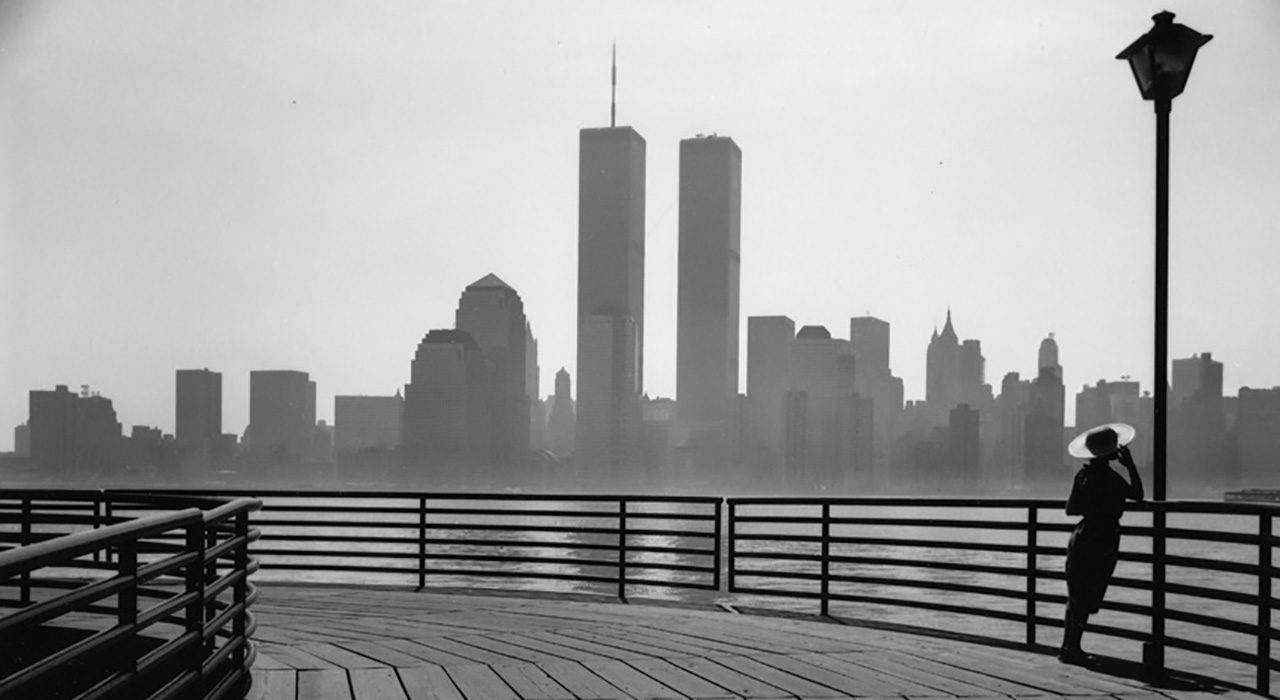Make a donation to the museum
World Trade Center History
This online collection of stories explores the significance of the World Trade Center and why it was a target on 9/11. These stories provide those who never saw these landmark structures in lower Manhattan with a sense of what they were and what they meant for New York City.
Antecedents of 9/11
The Twin Towers dominated the Manhattan skyline for three decades before their destruction in 2001. Although initially criticized for their audacious height and severe architectural style, the buildings—designed by architect Minoru Yamasaki—took on iconic status in the public imagination, becoming emblematic of New York City and America as a whole.
But their fame and symbolism also made the Twin Towers the targets of two terrorist attacks. The first took place on February 26, 1993. That day, a van loaded with approximately 1,200 pounds of explosives was driven into the public parking garage beneath the World Trade Center. The blast from the bomb created a crater several stories deep in the belowground levels of the complex and killed six people.
Though carried out by a different group of extremists than the 9/11 attacks, the 1993 World Trade Center bombing occurred within the broader context of an emerging radical Islamist ideology and foreshadowed the much larger assault eight years later.
Life of the Towers
On any given day in 2001, reportedly thirty to fifty thousand people came to work in the World Trade Center. Tens of thousands more passed through the seven-building complex during their commutes, or came to shop, dine, or take in the views from the South Tower Observation Deck.
The stories below offer a glimpse into the day-to-day operations of the World Trade Center complex, the activities and events that took place on the site, and the people who worked in or visited the Twin Towers.

The Twin Towers seen from across the Hudson River. Collection 9/11 Memorial Museum, Gift of the photographer, Konstantino Hatzisarros.
Related Resources
The 9/11 Memorial & Museum is committed to providing relevant and engaging learning opportunities for students, teachers, families, and the general public. Access the Museum’s resources related to the history of the World Trade Center below, including lesson plans, past public programs, and feature galleries on Inside the Collection.
